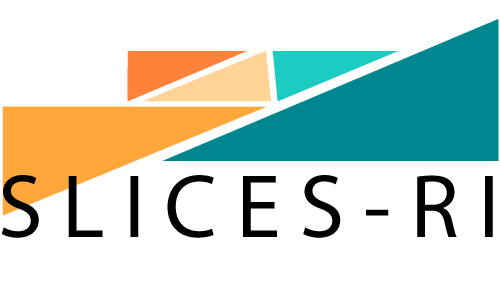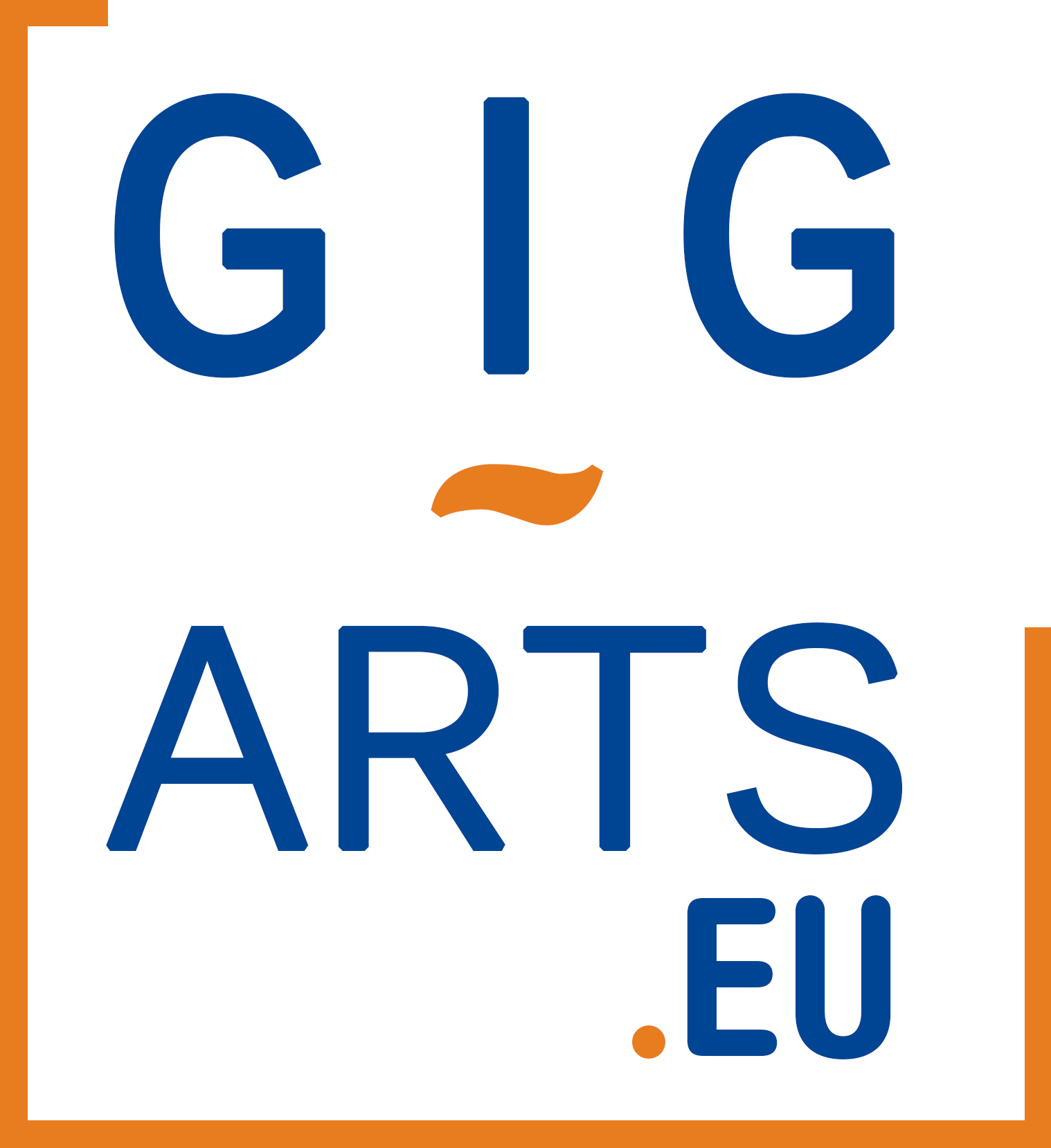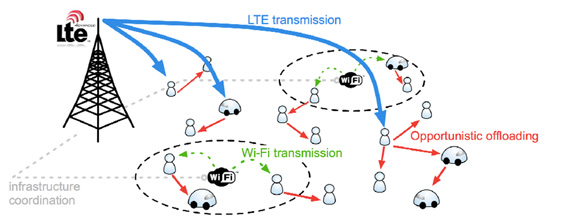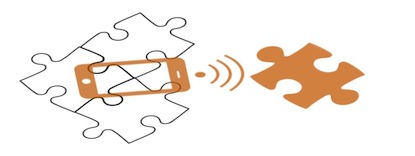SLICES-DS
September 2020 - August 2022
SLICES ambitions to provide a European-wide test-platform, providing advanced compute, storage and network components, interconnected by dedicated high-speed links. The main objective of SLICES-DS is to adequately design SLICES in order to strengthen research excellence and innovation capacity of European researchers and scientists in the design and operation of Digital Infrastructures. The SLICES Design study will build upon the experience of the existing core group of partners, to prepare in details the conceptual and technical design of the new leading edge SLICES-RI for the next phases of the RI's lifecycle. [...]
Mitik
February 2020 - January 2024
In the ANR Mitik project, we propose to deploy a (scientifically determined) number of passive sniffers to measure spatiotemporal link-level activities of wireless devices in a target area. Mitik will bring solutions for related challenges such as context-aware infrastructure deployment, trace anonymization, and merging, as well as imprecise trajectory generation/reconstruction that will allow inferring individual mobility and plausible contacts among devices.
EMPOWER
November 2018 - October 2021
EMPOWER has the ambition to accelerate the joint development between the EU and the US of advanced wireless platforms targeting the new connectivity frontiers beyond 5G. EMPOWER targets the creation of a joint EU-US advanced wireless ecosystem for (i) bridging the relevant EU-US Wireless communities and stakeholders, such as scientific researchers, platform engineers, standardization experts, regulators, and product incubators; and (ii) developing a strategic EU-US collaboration agenda and supporting its execution ahead of worldwide competition for beyond 5G connectivity standards. [...]
Fed4FIREplus
January 2017 - December 2021
Experimentally driven research is considered to be a key factor for growing the European Internet industry. In order to enable this type of RTD activities, a number of projects for building a European facility for Future Internet Research and Experimentation (FIRE) have been launched, each project targeting a specific community within the Future Internet ecosystem. The Fed4FIRE+ project intends to implement the next step in these activities by successfully federating across the community borders and offering openness for future extensions. [...]
Estate
November 2016 - October 2020
The core of ESTATE consists in laying the foundations of a new algorithmic framework for enabling Autonomic Computing in distributed and highly dynamic systems and networks. In other words, we plan to design a model that includes the minimal algorithmic basis allowing the emergence of dynamic distributed systems with self-* capabilities, e.g., self-organization, self-healing, self-configuration, self-management, self-optimization, self-adaptiveness, or self-repair.
SAPPORO
Project SAPPORO aims to propose a formal provable framework (mechanised in the Coq proof assistant) to assess the correctness of localised distributed protocols at the core of dynamic mobile sensor networks.
GIG-ARTS
October 2015 - April 2017
GIG-ARTS is an ANR project under the MRSEI programme, aiming at preparing an EC H2020 proposal on Actors, Regulations, Transactions and Strategies in Global Internet Governance. It is a pluridisciplinary project in Social sciences (Political Science, Law, Economy, Communication and Media Studies) led by Meryem Marzouki, gathering 19 partners from 13 countries.
CROMO Project (CAPES COFECUB Program)
January 2015 - January 2019
The CROMO (Crowd Data in the Mobile Clowd) project is a CAPES COFECUB program held to accomplish a strong research collaborations between french and Brazilian partners (Inria Lille, Université Pierre et Marie Curie , Université de La Rochelle, Universidad Federal do Rio de Janeiro). Mobile cloud computing is an emerging paradigm to improve the quality of mobile applications by transferring […]
SMART-BAN
The SMART-BAN project aims to optimize the energy consumption of wireless Body Area Networks for medical applications while minimizing its impact on the human body. The project gathers researchers from different fields ranging from electromagnetics and communication theory to computer science. By undertaking a trans-disciplinary approach, fundamental energy limitations will be drawn and optimal communication strategies for reliably routing and […]
Kickoff – ANR DataTweet
2016 - 2016
The ANR DataTweet project proposes to explore the idea of a ubiquitous public data service for transmitting short messages in a similar way to Twitter. Any user or source of the service will be able to send a short message at a very low rate to some destination address over various access networks. In a similar way to the water cycle, crowds of devices and […]
FP7 MOTO
2015 - 2015
The MOTO project proposes a traffic offloading architecture that exploits in a synergic way a diverse set of offloading schemes, including offloading from cellular to other wireless infrastructures (such as Wi-Fi), and also offloading to multi-hop ad hoc communications between users devices.
FIT
February 2011 - December 2020
FIT enables experimentation across a broad range of subject, greatly reduces the cost and time required to design, establish and monitor an experiment, and through testing, the robustness of the solutions is increased.
FIT’s mission is to provide a large-scale experimentation environment through the federation of testbeds that are competitive at the worldwide level, allowing to incubate advanced experiments and to stimulate of a large base of users coming from the research world as well as industry. [...]
STIC-AmSud CuDeN
2010 - 2012
CUDEN’s main objective is to provide support for ad-hoc cooperative communities between various devices to facilitate collaborative activities by extending users’ physical experience and capabilities. It will provide advanced devices connectivity services enabling new types of communication to assist collaborative activities by extending users’ physical experience and capabilities. To this end, we will develop data processing and context modeling techniques […]











